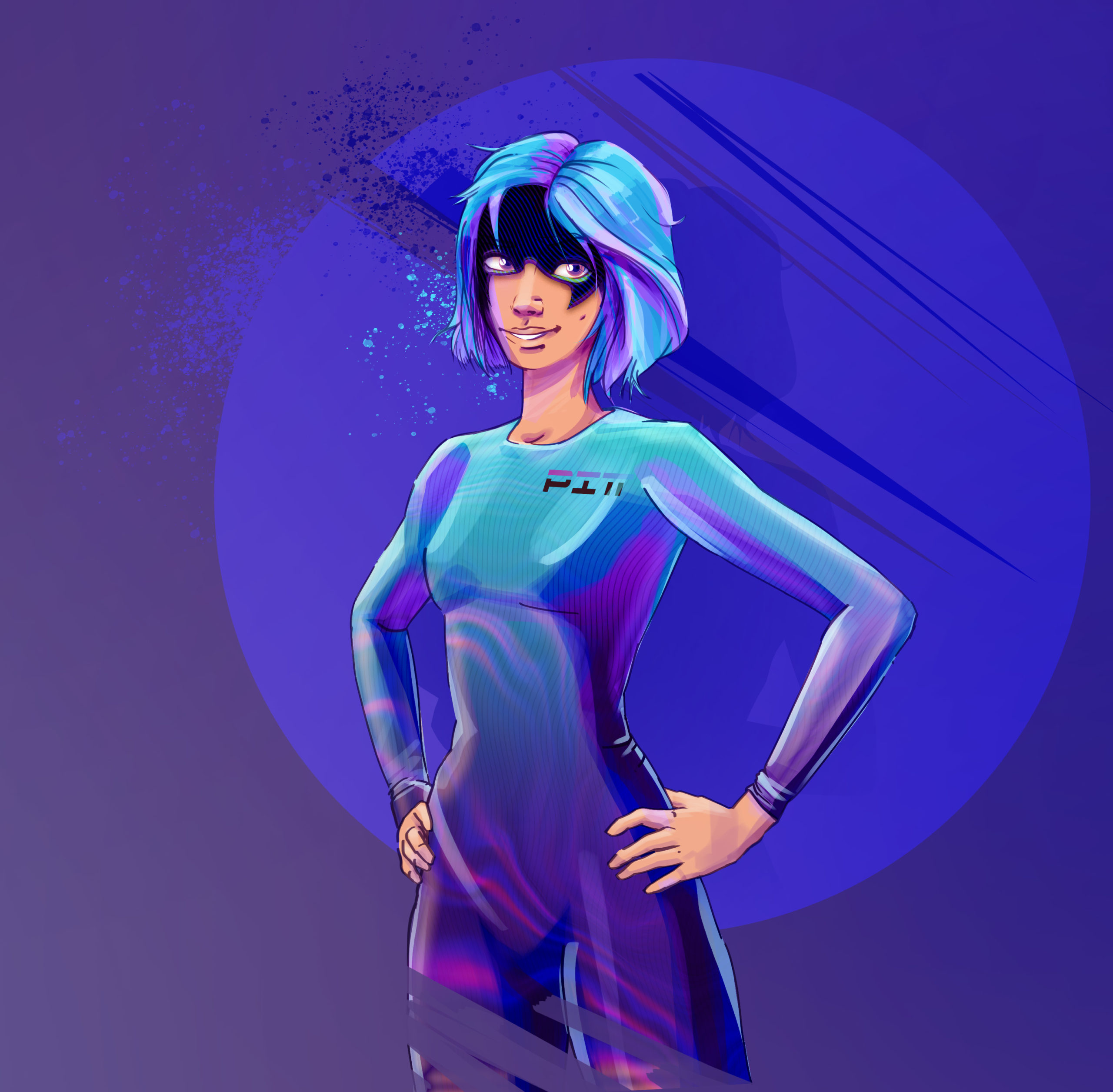Data Viz Superpowers
3#Data Viz Superpowers

3.1 Didactic commentary
Ann Kiefer & Thomas Lenz
In the modern world, enormous quantities of data are being produced, collected, and analysed everywhere and all the time. Companies keep records of sales receipts, stocks, prices, and interactions with their clients. Governments collect data on births and deaths, and tax income and outgoings. Every day, millions of people use electronic devices to count their steps and the calories they burn, or to measure how much sleep they get. These are just a few simple examples that demonstrate the massive amounts of data that accumulate day after day which need to be examined, processed, and evaluated.
It can be difficult to extract information and draw clear conclusions from raw data. Data visualization can help bring some order and sense to the chaos of numbers. It is a way of making data visual
by transforming it into graphs, diagrams, tables, etc., and thereby helping patterns, links, and characteristics emerge. Data visualization – or dataviz – translates data and abstract numbers into stories, producing knowledge and expertise. Nonetheless, information which is created in this way should still be approached with care. For the content of the visual representation varies according to the way in which it is presented. Tables and graphs, therefore, are not just objective ways of presenting numbers but they always reflect the decision to emphasise a certain result or, on the contrary, to gloss over something.
We can find one of the first examples of the power of data visualization in the work of an English doctor, John Snow, in 1854. At the time, London was in the grip of a devastating cholera epidemic and the city’s population was defenceless. People did not yet know that cholera is transmitted by bacteria in the water, and so they had no idea how to defeat the disease. Snow took a map of the city and marked the households that were most affected by the epidemic, and from this he realised that all of the houses got their water from the same limited number of sources. And so, he quite rightly concluded that cholera was being spread through the water from these contaminated sources. Although he did not know that cholera was transmitted by bacteria, Snow’s visualization of the data literally helped identify and cut off the sources of disease (Gilbert, 1958).
Some scientists, like Wesley Willett and Petra Isenberg, have compared data visualization to the comic book superheroes’ superpowers (Willett et all., 2021). Data viz helps make visible the invisible, and recognise relations which were previously unknown. In this way, it expands the cognitive skills of the person who uses it. The story of John Snow is a good example here: even without knowing about bacteria, he was able to work out how to overcome cholera. This was a superpower which he gained through data visualization.

The #Data Viz Superpowers module demonstrates how important data have become in our lives, and how the way in which they are presented can give us superpowers. Pupils will be able to see and understand things which they couldn’t have seen or understood before. Thanks to the #Data Viz Superpowers module, they will be able to work autonomously on five of these ‘superpowers’ through 16 small exercises, four of which help them transform into “superheroes” and one that makes them into a “supervillain”.
First of all, the pupils will discover the “enhanced attention” superpower. The idea here is to show how dataviz can be used to filter relevant information from the ‘noise’ of numbers. Next, focus shifts to the “enhanced comparison” superpower which helps pupils to make links between different datasets in a meaningful way. Then the pupils learn to anticipate the future with the help of data, thereby gaining the “enhanced prediction” superpower. After the future comes the past as pupils encounter the “enhanced memory” superpower. Next, the fifth superpower can transform the superheroes into supervillains, as we explore how dataviz can be used to trick and cheat people.
The #Data Viz Superpowers module shows pupils that numbers are not “dead” but, quite the contrary, they have stories to tell us. However, these stories do not emerge of their own accord; we need data visualization in order to shed light on them. It also helps us understand that the way in which data or numbers are presented affects our perception of the stories they tell. Pupils therefore learn not only to use data in a critical and confident manner, but also to develop an analytical approach to engaging with information which is supposed to be objective.
References
Gilbert, Edemund. W. (1958). Pioneer Maps of Health and Disease in England. The Geographical Journal, 124, 172-183.
Willett, Wesley, Aseniero, Bon Adriel, Carpendale, Sheelagh, Dragicevic, Pierre, Jansen, Yvonne, Oehlberg, Lora & Isenberg, Petra. (2021). Perception ! Immersion ! Empowerment ! Superpowers as Inspiration for Visualization. IEEE Transactions on Visualization and Computer Graphics, 28(1), 22-32
